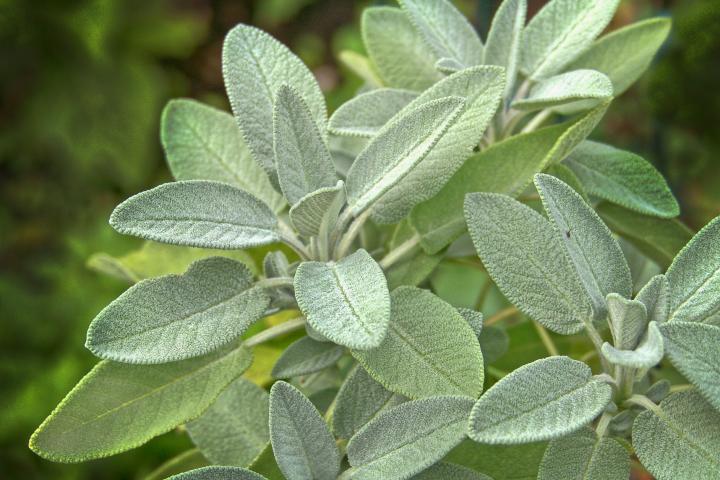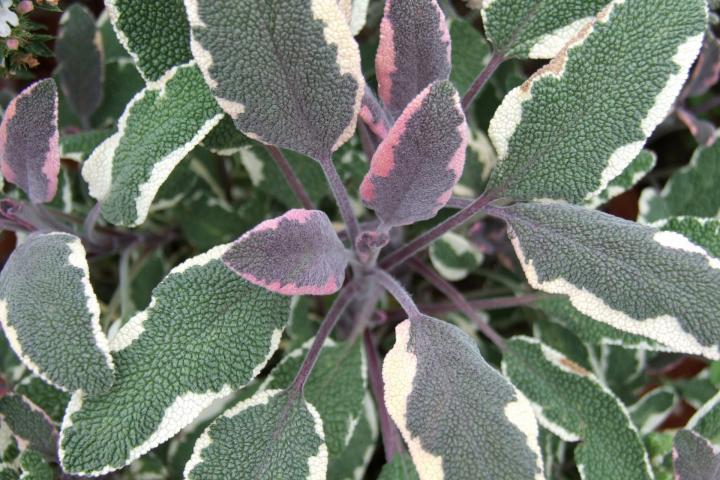
Sage is a useful herb that can be easily grown in your garden.
Sign up for our daily newsletter to get gardening tips and advice.
Planting, Growing, and Harvesting Sage
A great way to incorporate the healing benefits of sage is “Sage Butter.” With two ingredients and five minutes, you have an amazing herbal butter that’s wonderful on sweet potatoes, chicken, tossed vegetables, fried eggs, toast, popcorn, and whatever you wish!
In the video below, herbalist Patty Sanders shows us how to make sage butter—and also talks all about the healing benefits of sage.
ADVERTISEMENT
I have a 3 year old sage plant. It was neglected for a month 3 months ago. So today I trimmed off all the dead and dried leaves. It seems like its made new sage plants. But still seems attached to the main plant. Can I take these "new plants" and it will be a new sage plant?
Hi, Barbara. You can root the new growth. Use a sharp knife to cut away the new shoots, then strip all but three pairs of leaves at the top. Plant the cuttings in potting mix and be sure to keep it moist, but not saturated.
How will I get the seeds or cutting
Hi Willie-
Great question! You can purchase seeds or a seedling at your local nursery or garden supply store. If you are looking for a cutting, we suggest asking a good gardening friend who grows sage.
Best of luck in your growing adventures!
I can’t grow safe for the life of me
What troubles do you have growing sage, Norma?
I’ve been growing my sage for about 4 years. It’s done very well. This year it bloomed profusely & beautifully. Should I trim all the blossoms, the flowers are gone now?
If the flowers have stopped and you don’t wish them to go to seed, you can trim them back. This may encourage the plants to flower more.
I read that sage is a good deterrent that effectively rids a home of rats and other rodents. So I’m asking those who have grown sage, if you have seen this to be true?
Hi Joe, thanks for your question! Sage is quite useful in the kitchen and has many benefits as an herbal remedy, but unfortunately it has not been shown to be an effective natural deterrent for removing rats and other rodents from your home.











